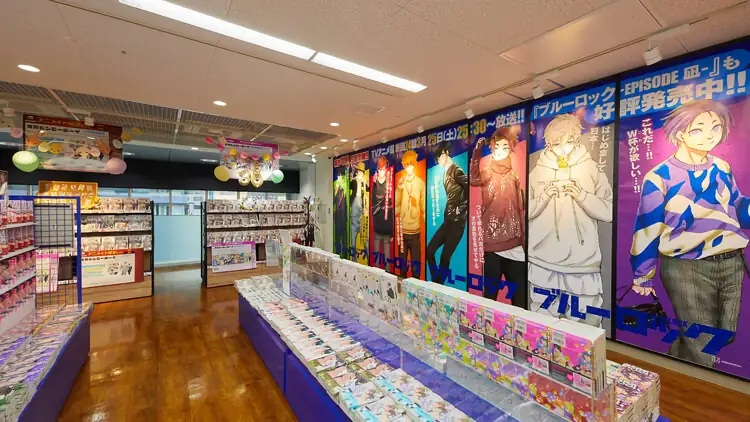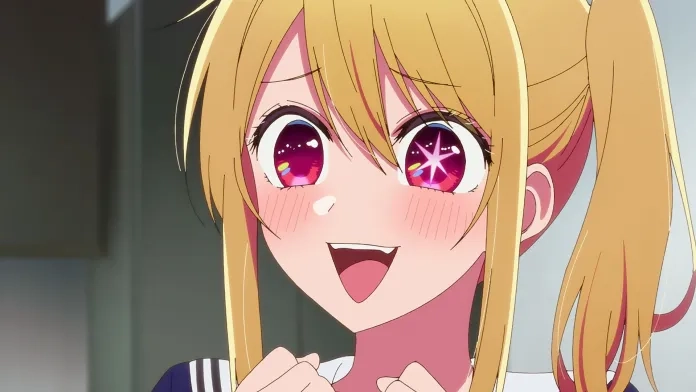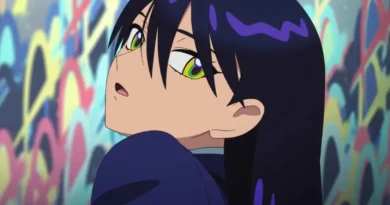The evolution of otaku culture over the years

One Twitter user examined how otaku culture has evolved along with its fan base since the 80s and 90s, and how the once-niche subculture has become so popular over the years.
In his post, he talks about the changes he noticed near Japan’s most popular anime merchandise store, Animate. During a recent visit to the store, a significant change in the demographics of the area was noticed, noting that the storefront was now packed with young people in their 20s.
”When I went to Ikebukuro Animate for a social study, I was seriously shocked to see a huge crowd of stylish customers in their teens and twenties. As a person who spent my youth in the 1980s and 1990s, I never thought that Animate would flourish and that Tower Records and HMV had reduced the number of their stores.
If you are from the same generation, go to Ikebukuro Animate and learn about the society. It will be a revelation for you. For example, I can see that the younger generation doesn’t like movements that start with viral ”moe” images. You will learn many things.”
社会勉強のため池袋アニメイトに行ったらマジで10代、20代のシュッとした女性客で大混雑していてカルチャーショックでした。
1980〜1990年代に青春を送った身としては、アニメイトが隆盛を極め、タワーレコードとかHMVとかが店舗を減らしまくる時代がくるとは思いませんでした。… pic.twitter.com/87cd988rTT
— カエル先生・高橋宏和 (@hirokatz) September 17, 2023
The evolution of otaku culture over the years
Ikebukuro’s Animate building is located in Sunshine City, a popular shopping mall with several attractions as well as many anime-related stores, making it an extremely special place for anime and manga fans.
The main store has 10 floors and is currently the largest anime store in the world, containing not only anime and manga, but also a clothing store, bookstore, theater and more.

In another post, this user theorizes about the reason for the change:
”In the 1980s and early 1990s, I think anime culture, which was obscure and minority, has now become important. I wonder if the spread of cell phones was a factor”
In fact, technology has helped a lot to make anime and manga popular, nowadays everything is more accessible through apps and streaming services.
Users seemed to agree with the posts’ observation about the transformation of otaku culture, commenting on how the once small and nonconformist subculture has now become more popular.
One user said the following: ”Like I said before, anime/manga is no longer a subculture. Furthermore, what was called mainstream during the Showa period is now niche”
Some were less surprised by the influx of young women who populated the area. One user responded as follows: ”Since the beginning, Animate has always had a large female clientele as it has many genres and products that are popular among women. I think it may be too late to call this a ”natural shock”.

In the past, joining otaku culture was seen as something ugly and shameful, but now anime culture has become so popular that it has won over many people, making them openly participate in the community without fearing judgment as in the past.
source Twitter via Automaton



